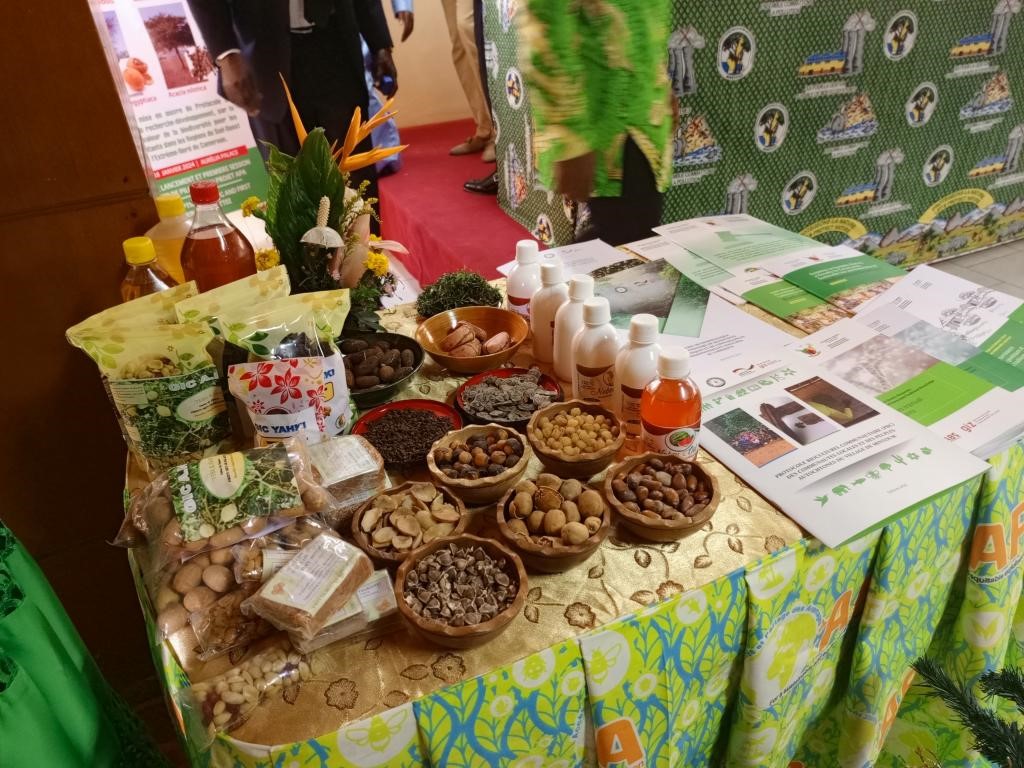
Nagoya Protocol

07.02.2024
Nagoya Protocol , Daily Current Affairs , RACE IAS : Best IAS Coaching in Lucknow
|
For Prelims: About Nagoya Protocol, Advantage, What does the Nagoya Protocol cover? ,Key Facts about the Convention on Biological Diversity (CBD) |
Why in the news?
Cameroon recently adopted the Nagoya Protocol on Access and Benefit Sharing.
Key Points
- Cameroon is a biodiversity hotspot, with an estimated 11,000 plant, animal, and microorganism species.
- Prunus Africana, a plant endemic to Cameroon, is used to make drugs for prostate cancer.
- The project will support Cameroon researchers to conduct bioprospecting on selected species, such as Irvingia wombulu (bush mango), Monodora myristica, Balanites aegyptiaca and Acacia nilotica in the two regions.
About Nagoya Protocol:
- The Nagoya Protocol on Access to Genetic Resources and the Fair and Equitable Sharing of Benefits Arising from their Utilization (the Protocol) is a legally binding global agreement that implements the access and benefit-sharing obligations of the Convention on Biological Diversity (CBD).
- It was adopted by the CBD in Nagoya, Japan, in October 2010 and entered into force on October 12, 2014, 90 days after the deposit of the fiftieth instrument of ratification.
- It provides a transparent legal framework for the effective implementation of one of the three objectives of the CBD: the fair and equitable sharing of benefits arising out of the utilization of genetic resources.
Advantage
- It establishes a framework that helps researchers access genetic resources for biotechnology research, development, and other activities, in return for a fair share of any benefits from their use.
- This provides the research and development sector with the certainty they need to invest in biodiversity-based research.
- Indigenous and local communities may receive benefits through a legal framework that respects the value of traditional knowledge associated with genetic resources.
What does the Nagoya Protocol cover?
- It applies to genetic resources that are covered by the CBD, and to the benefits arising from their utilization.
- It also covers traditional knowledge (TK) associated with genetic resources that are covered by the CBD and the benefits arising from their utilization.
Key Facts about the Convention on Biological Diversity (CBD):
- CBD, with 196 contracting parties, is the most comprehensive binding international agreement in the field of nature conservation and the sustainable use of natural resources.
- It was opened for signing at the UN Conference on Environment and Development in Rio de Janeiro in 1992.
- It has three overarching objectives:
○The conservation of biological diversity (genetic diversity, species diversity, and habitat diversity).
○The sustainable use of biological diversity.
○The fair and equitable sharing of the benefits arising out of the utilization of genetic resources.
- It covers biodiversity at all levels: ecosystems, species, and genetic resources.
- The Conference of the Parties (COP) is the highest political decision-making body of the Convention.
- The Secretariat is based in Montreal, Canada.
- To support the implementation of the CBD objectives, two internationally binding agreements were adopted within the framework of the Convention on Biological Diversity.
○The Cartagena Protocol, which was adopted in 2000 and entered into force in 2003, regulates the transboundary movement of living modified organisms (LMOs).
○The Nagoya Protocol, adopted in 2010, establishes a legally binding framework for access to genetic resources and the fair and equitable sharing of the benefits arising from their use.
Source: Down to earth